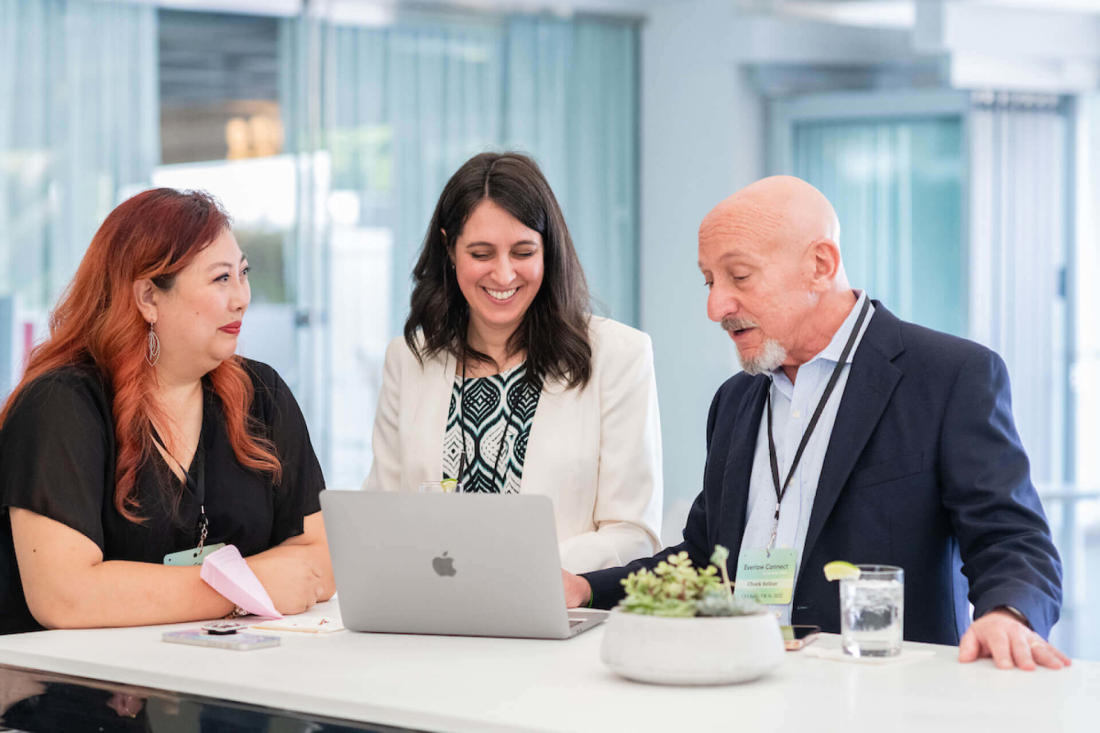Five Helpful Tips for Preparing for Trial
by Joshua Gilliland

One critical purpose for discovery is, of course, to prepare a case for trial. But in preparing for trial, a lawyer also prepares the case for mediation, allowing them to advise their client on the strengths of their position, possible arguments, and potential weaknesses. Everlaw’s integrated case-building tools help make sense of all the moving parts in a case. Follow along for tips on using Everlaw to prepare for trial.
Draft The Closing Argument First
The best place to start for trial preparation is to draft the closing argument. The purpose is to focus on the facts needed for the jury instructions, how to tell the client’s story with the necessary exhibits, and what is truly relevant. Moreover, the trial team must decide: what is the emotional core of the case? What is the theory? Any themes? Furthermore, what are the disputed issues of fact and how can an attorney win over a jury to believe their client’s story? This strategy is fully discussed by Thomas A. Mauet in Trials: Strategy, Skills, and the New Powers of Presentation, 2005 Aspen Publishers, Chapter 9.
To prepare a closing argument in Everlaw, create a Storybuilder Outline. This can be done by uploading a Word document with your outline or creating one in Everlaw. Select the appropriate jury instructions and any potential defenses for each of the causes of action in the lawsuit.
It’s easy in document review to code thousands of documents as “relevant.” Preparing the closing argument helps trial attorneys identify exactly what records they need to tell their client’s story and prove the elements stated in the jury instructions. Many experienced litigators want just ten trial exhibits in a simple case and perhaps up to twenty in complex litigation. While those numbers can greatly expand in complex civil litigation, attorneys should keep in mind the simplest way to convince a jury that their client is in the right.
In the above products liability example, the Plaintiff must prove (1) that Stanley Sprockets manufactured and sold the defective Sprocket to the Plaintiff; (2) that the Sprocket failed to perform correctly; (3) that the Plaintiff was harmed; and (4) that the Plaintiff was harmed because of the Sprocket.
Evidence supporting any of these elements might include confirmation emails, photos of the failed Sprocket, property damage, police reports, insurance claims, or anything that documents that the Sprocket failed. Records that prove this element can be added as prospective exhibits to the outline.
Tell The Story Chronologically
A chronology is one option for presenting a closing argument of what happened to the parties. Another option is with impact statements, focusing on the specific incident at the center of the lawsuit. Storybuilder Chronology can be used to build a timeline with the trial exhibits that tell the client’s story.
Prospective trial exhibits in Storybuilder Chronology can be labeled with “events,” “issues,” and “people.” The descriptions for events and issues should convey an emotional message of justice, without drawing a prejudicial objection.
In the products liability example, events could include the “Manufacture of the Sprocket,” “Purchase of the Sprocket,” “Sprocket Failure,” and “Injuries from Sprocket.” Records added to the Chronology should include a description of the prospective exhibit and how the record is relevant to a specific cause of action.
Ensure Admissibility of Trial Exhibits
All of the prospective exhibits in the closing argument must be admissible in order to be used in the trial. Witness outlines can be created in Everlaw’s Storybuilder to properly authenticate all prospective trial exhibits.
Prepare the Opening Statement Last
Attorneys should prepare the opening statement after having prepared the closing argument and witness outlines. The opening statement is the non-argumentative roadmap that explains to the jury the issues in the case and who will testify. This outline can also be prepared in StoryBuilder with linked exhibits.
The Case in Chief
Lawyers must tell their client’s story to win the hearts and minds of jurors. That requires identifying the strong evidence from all of the discovery in a case. Just because a case had thousands of emails, does not mean every message is going to be a trial exhibit. What are the ten strongest emails that prove your client is in the right? Those are the records lawyers should use as trial exhibits.
Everlaw’s Storybuilder Outlines and Chronology are two ways to prepare your closing argument in order to prepare for trial. This empowers attorneys to focus on the true merits of the case, the discovery that should be trial exhibits, and how to authenticate the trial evidence.

Joshua Gilliland is a California attorney and nationally recognized thought leader on electronic discovery with his blog Bow Tie Law. Josh is the co-creator of The Legal Geeks and has presented at legal conferences and comic book conventions across the United States. See more articles from this author.